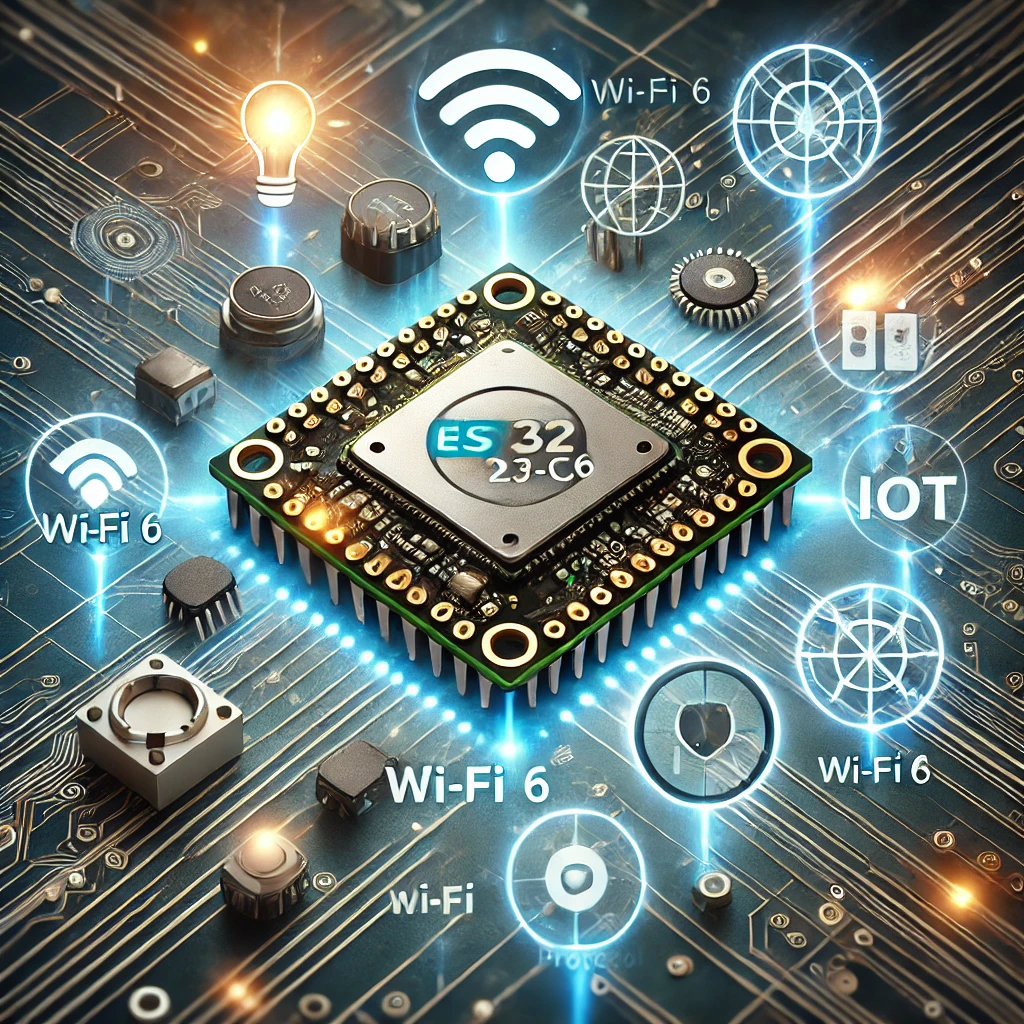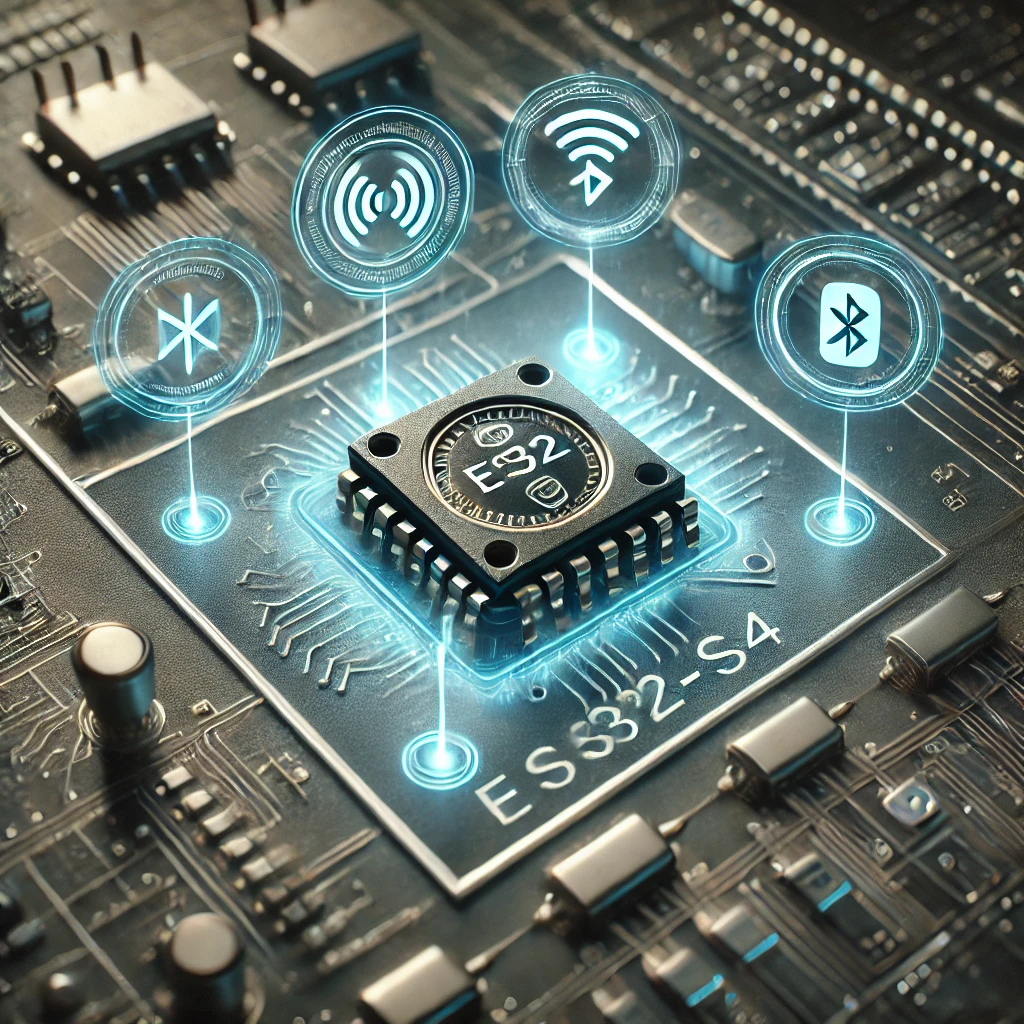Discover how the new ESP32-C6 microcontroller is shaping the future of IoT with its support for Wi-Fi 6 and Matter protocol integration. Learn about the features that make it ideal for smart home applications and beyond.
The ESP32 family continues to evolve, with the latest addition being the ESP32-C6. This new microcontroller is gaining attention due to its support for Wi-Fi 6 and Matter protocol, making it a key player in the future of IoT. The ESP32-C6 is designed to meet the growing demands for faster, more reliable wireless connectivity and interoperability in smart home ecosystems.
Key Features of ESP32-C6
1. Wi-Fi 6 Support for Enhanced Connectivity:
The ESP32-C6 is among the first microcontrollers in its class to support **Wi-Fi 6**, offering significant improvements over previous Wi-Fi standards. Wi-Fi 6 provides faster data rates, increased network capacity, and reduced latency, which are crucial for handling the growing number of IoT devices in modern smart homes. This makes the ESP32-C6 ideal for applications that require high throughput and stable connections, such as video streaming and real-time communication.
2. Matter Protocol Integration:
Another groundbreaking feature of the ESP32-C6 is its support for the Matter protocol (formerly known as Project CHIP). Matter is an industry-unifying standard designed to improve interoperability between smart home devices. With Matter integration, the ESP32-C6 enables seamless communication across different brands and ecosystems, simplifying the user experience and enhancing device compatibility. This is particularly important for developers looking to create IoT devices that can easily integrate with popular platforms like Google Home, Amazon Alexa, and Apple HomeKit.
3. BLE 5.0 and Thread Support:
In addition to Wi-Fi 6, the ESP32-C6 also supports Bluetooth Low Energy (BLE) 5.0 and Thread, providing developers with multiple wireless communication options. BLE 5.0 offers extended range and higher data transfer speeds, making it suitable for energy-efficient applications like wearable devices and smart sensors. Thread, on the other hand, is a low-power mesh networking protocol that enhances the reliability and scalability of IoT networks, particularly in smart home setups.
Impact on IoT Development
The ESP32-C6 is poised to play a significant role in the future of IoT, especially in smart home applications. Its advanced wireless capabilities and Matter protocol support make it easier for developers to create interoperable and future-proof devices. As the IoT landscape continues to expand, the ESP32-C6 offers a robust platform for building the next generation of connected products.
For more information on ESP32-C6 and its features, visit Espressif’s official page https://www.espressif.com/en/products/socs/esp32-c6 and read the latest news on Hackster.io https://www.hackster.io/news/esp32-c6-now-supports-matter-wifi-6-and-ble-5-0-d3ff053ef2b9.





